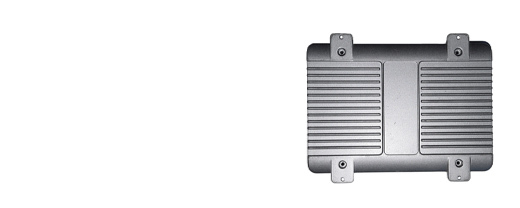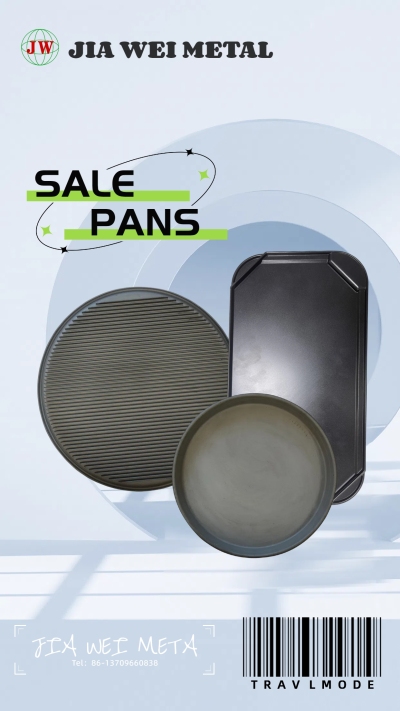
Aluminum Alloy Building Die-Castings: Reinventing Construction with Precision and Strength
2025-08-01 16:23
In the fast-evolving world of construction, aluminum alloy die-castings are emerging as transformative elements, reshaping how buildings are designed, assembled, and sustained. These high-performance components, including specialized building die-castings and die-cast connecting fittings, are revolutionizing structural integrity, sustainability, and efficiency in modern architecture.
The Role of Aluminum Alloy Die-Castings in Construction
Aluminum alloy die-castings bring unique advantages to construction: lightweight yet robust, corrosion-resistant, and highly customizable. Unlike traditional steel or concrete parts, they offer exceptional precision, making them ideal for critical structural and decorative elements.
In high-rise buildings, building die-castings such as curtain wall brackets and window frames provide secure anchoring while reducing overall weight, easing structural loads. Die-cast connecting fittings—like joist hangers, beam connectors, and panel fasteners—ensure tight, stable joints, withstanding wind, seismic activity, and long-term wear. For example, the glass facades of Dubai’s Burj Khalifa use aluminum die-cast brackets to secure panels, balancing strength and aesthetics.
Advantages of Aluminum Alloy Die-Castings in Buildings
· Strength and Durability: Aluminum die-castings boast tensile strength up to 300 MPa, comparable to mild steel but 30% lighter. Their corrosion resistance, from aluminum’s natural oxide layer, outperforms steel in humid or coastal areas, extending building component lifespans by 20–30 years.
· Precision Engineering: Advanced die-casting processes create complex, consistent shapes with tight tolerances (±0.05mm). This is vital for die-cast connecting fittings, ensuring uniform alignment in modular construction, where prefabricated parts must fit seamlessly on-site.
· Sustainability: Aluminum is 100% recyclable, and die-castings use recycled material (up to 70% in some alloys), cutting carbon footprints. A study by the World Green Building Council found buildings using aluminum die-cast components reduce embodied carbon by 15–20% versus steel alternatives.
Die-Cast Connecting Fittings: The Hidden Backbone
Die-cast connecting fittings are unsung heroes in construction. These components—ranging from small bolts to large structural brackets—link beams, panels, and frames, ensuring stability.
In modular construction, prefabricated walls and floors rely on die-cast fittings for quick, secure assembly. A single fitting can connect two 50kg panels in minutes, replacing time-consuming welding or bolting. This slashes on-site labor costs by 30% for projects like student dormitories or office blocks.
Outdoor structures, such as stadiums or bridges, use weather-resistant die-cast connecting fittings to join aluminum railings and canopies. These fittings resist rust and UV damage, maintaining safety and appearance for decades.
Innovation in Die-Casting for Construction
Advancements in die-casting technology are expanding possibilities. High-pressure die-casting (HPDC) enables thinner walls (1–2mm) in building die-castings, reducing material use without losing strength.
3D modeling and simulation software optimize die-cast connecting fittings designs, testing load-bearing capacity virtually before production. This cuts prototyping time by 50%, accelerating project timelines.
Alloy development also plays a role. New aluminum-silicon-magnesium alloys enhance die-castings’ heat resistance, making them suitable for high-temperature areas like industrial facilities or solar panel mounts.
Market Growth and Future Trends
Demand for aluminum alloy die-castings in construction is booming. The global construction die-castings market, valued at $8.7 billion in 2023, is projected to grow 7.2% annually through 2030, driven by green building trends and modular construction.
Future innovations include smart die-cast fittings with embedded sensors to monitor structural stress, enabling predictive maintenance. Additionally, 3D-printed molds for die-castings will allow custom, low-volume production, catering to unique architectural designs.
Conclusion
Aluminum alloy die-castings, building die-castings, and die-cast connecting fittings are redefining construction. Their strength, precision, and sustainability make them indispensable for modern buildings, from skyscrapers to eco-friendly homes. As the industry prioritizes efficiency and green practices, these components will remain key to building safer, smarter, and more sustainable structures.
Get the latest price? We'll respond as soon as possible(within 12 hours)












